Centre announces Adi Karmyogi programme for nationwide capacity building in tribal scheme implementation

The Ministry of Tribal Affairs organised a two-day National Conference “Adi Anveshan” at Vanijya Bhawan, New Delhi, on June 26 and June 27, 2025.
| Photo Credit: pib.gov.in
State and Central Government officials from across the country working in the domain of tribal welfare have concluded after a two-day workshop in New Delhi that the reason tribal areas continued to face backwardness was not a lack of schemes for them but a “lack of motivation” in the implementers.
Based on these conclusions, parts of which were presented during the two-day “Adi Anveshan” National Conference of the Tribal Affairs Ministry, Union Minister for Tribal Affairs Jual Oram on Friday (June 27, 2025) announced the government’s “Adi Karmyogi” programme.

The programme was announced at the end of the brainstorming session and is meant to build a “cadre of officers” dedicated to working with a citizen-centric ideation and delivery-orientated approach to implementation of schemes, government officials said on Friday (June 27, 2025).
The objective is to take capacity-building to about 20 lakh field-level stakeholders by creating a batch of trainers and master trainers at the State, district, and block levels. The government said it intends to give rise to 180 State-level trainers, over 3,000 district level trainers, and over 15,000 block level trainers to this effect.
A government statement said that, “A unique presentation during the inaugural session highlighted the real challenge in tribal development — not a lack of schemes or resources, but a lack of motivation among implementers. The need to transform routine administrative practices into purpose-driven service delivery was underscored through anecdotal storytelling by officials from the Ministry.”
Officials said this presentation was borne out of an interactive session with multiple officials from across tribal welfare departments intervening with their respective ideas. “This built into an organic unique presentation where this was the conclusion arrived at,” one official said.
They added, “Officials spoke about the conditions in tribal areas, healthcare infrastructure, lack of staff in schools, citizens having to travel far and wide for basic services. The overall conclusion was that schemes to address all this have been running and that the real problem is lack of the right approach in officials.”
The officials explained that the idea is to incentivise officers — from IASs and senior bureaucrats to block level officials — to work with dedication on implementing the schemes that the government is designing.
Published – June 27, 2025 11:57 pm IST






